 The United States’ southern neighbor Mexico is the second-largest economy in Latin America, as well as the second most populated Latin American country. Over half of that population (52.2 percent) are women. Overall, the country has made major strides towards women’s empowerment in Mexico, but it faces several serious ongoing challenges.
The United States’ southern neighbor Mexico is the second-largest economy in Latin America, as well as the second most populated Latin American country. Over half of that population (52.2 percent) are women. Overall, the country has made major strides towards women’s empowerment in Mexico, but it faces several serious ongoing challenges.
Economic inequality is one of the biggest threats to women’s empowerment in Mexico. Women in Mexico produce 50 percent of the country’s food, but only 10 percent have control of property or land.
Mexico is known for its traditional, even patriarchal culture. Harassment of women and “machismo” are rife. More disconcerting is the violence women experience in Mexico. 63 percent of women in Mexico over age 15 have experienced some sort of violence. This violence can range from domestic abuse to street violence and abuse by criminal groups. 840 women were murdered between 2010 and 2013, and 1,258 women disappeared between 2011 and 2012 alone.
To make matters worse, Mexican law enforcement, be it federal, state or local, often does not follow through with investigating crimes, especially disappearances and murders. Many times, the authorities will not even take the most basic steps towards investigating incidents. It is not uncommon for people to be told by the police that they should investigate a crime. In fact, Mexican security forces often are the ones perpetrating the “enforced disappearances” and extrajudicial killings.
Despite the roadblocks to women’s empowerment in Mexico, change is on the horizon, especially on the legislative level. The National Development Plan and the National Gender Equality Policy are bringing gender equality into the government spotlight as well as setting aside funds and detailing specific goals to advance gender equality.
Activists have also stepped up to the plate to advance women’s empowerment in Mexico. One group, whose name translates to “May Our Daughters Return Home,” formed in response to the disappearance of 43 students in Ayotzinapa, seeks to call out inaction on the part of Mexican society and government. More critically, groups like it are bringing the issue of violence against women to light and letting victims know they are not alone and have a voice.
Women’s empowerment in Mexico is still an uphill battle, but with more and more women making their voices heard, it is starting to look like a battle that will be won.
– Andrew Revord
Photo: Flickr
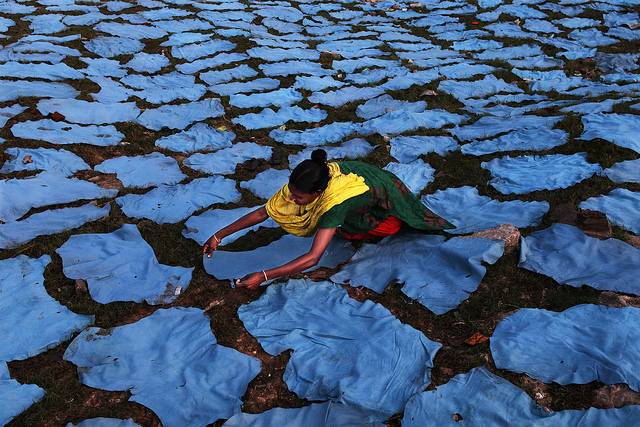 The socio-cultural environment of
The socio-cultural environment of  In the last 50 years, women were among the most affected by the different conflicts taking place in Afghanistan, especially the oppression of the Islamic Taliban. Indeed, the status of women in Afghanistan changed after having their fundamental rights exploited under Taliban rule.
In the last 50 years, women were among the most affected by the different conflicts taking place in Afghanistan, especially the oppression of the Islamic Taliban. Indeed, the status of women in Afghanistan changed after having their fundamental rights exploited under Taliban rule.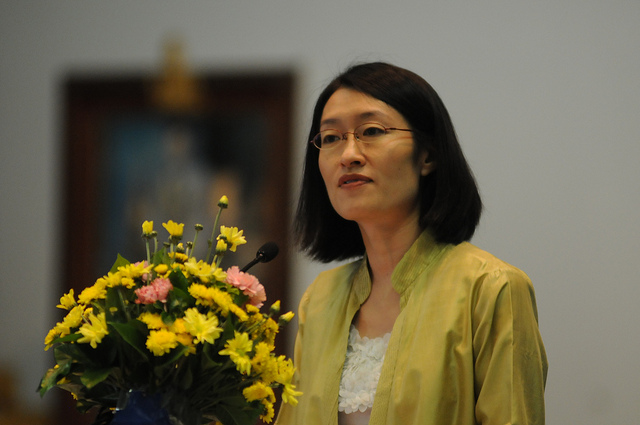 Women play key roles in regards to economic wealth and their involvement in the economy leads to a better quality of life for families and communities. According to a new
Women play key roles in regards to economic wealth and their involvement in the economy leads to a better quality of life for families and communities. According to a new 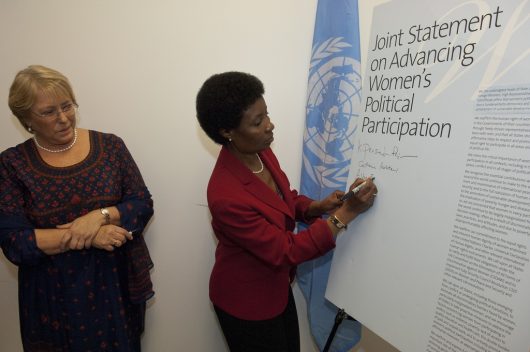 In the context of a tumultuous post-revolutionary transition,
In the context of a tumultuous post-revolutionary transition, 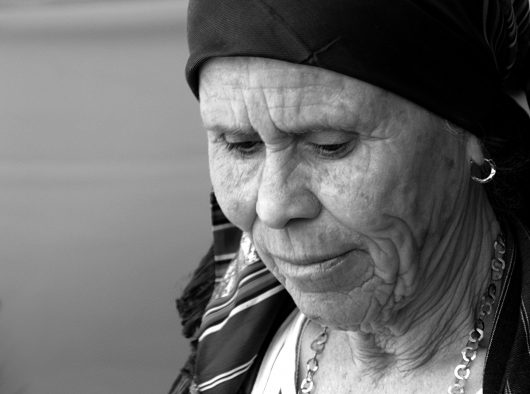 A lawyer by training and a former militant against the colonialist movement, Béji Caïd Essebsi, current president of
A lawyer by training and a former militant against the colonialist movement, Béji Caïd Essebsi, current president of 
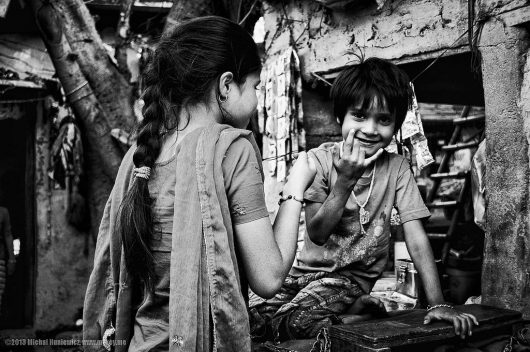
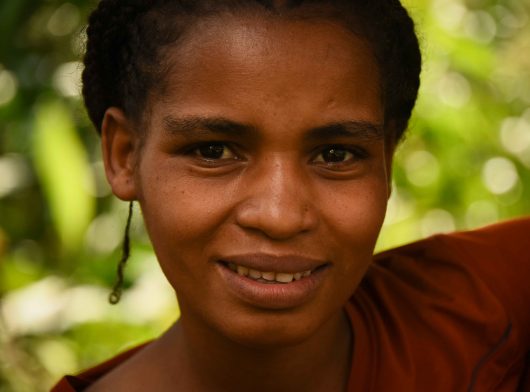 In the fight for global poverty, we must also examine the fight for global women’s rights. In fact, giving women equality and empowering them to use it is a key to a world where global poverty is abolished. This is the case because as the amount of women in the workforce increases, so does overall productivity. It is also proven that when women have more say over the household spending, it can enhance a country’s growth prospects because women tend to spend money in a way that benefits children in their education. Lastly, empowering women to be leaders allows for more diversity among people who are creating social policy, which will allow different topics to be addressed, such as greater provision of public goods.
In the fight for global poverty, we must also examine the fight for global women’s rights. In fact, giving women equality and empowering them to use it is a key to a world where global poverty is abolished. This is the case because as the amount of women in the workforce increases, so does overall productivity. It is also proven that when women have more say over the household spending, it can enhance a country’s growth prospects because women tend to spend money in a way that benefits children in their education. Lastly, empowering women to be leaders allows for more diversity among people who are creating social policy, which will allow different topics to be addressed, such as greater provision of public goods.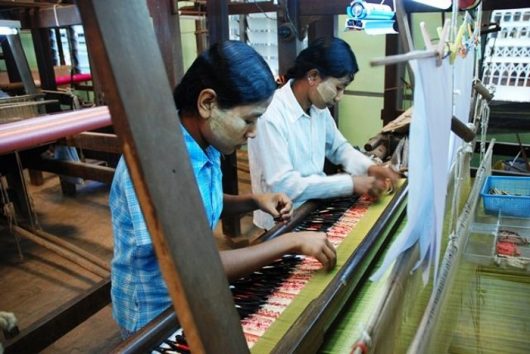 Since winning independence from colonial rule in 1948, ethnic
Since winning independence from colonial rule in 1948, ethnic 